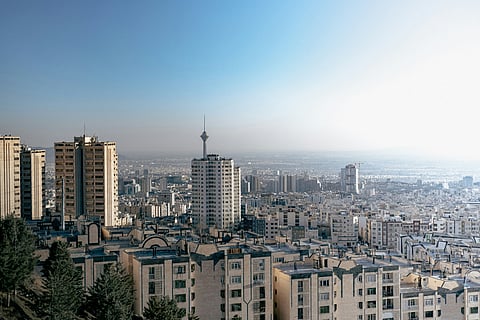

Iran is confronting its most acute water shortage in decades, with officials warning that Tehran, home to over 10 million people, could face rationing or even evacuation if rainfall does not arrive soon.
President Masoud Pezeshkian stated that without rain by December, water rationing would begin in the capital, potentially leading to its evacuation.
The nation's dams are critically depleted, exacerbating strains on an economy already burdened by sanctions.
Iran is enduring its sixth straight year of drought, with precipitation down 81 percent from historical averages in early November.
Nineteen major dams are below 5 percent capacity, up from nine three weeks prior.
Tehran's five primary dams average around 10 percent capacity, with the Amir Kabir Dam at 8 percent.
Nationwide reservoir levels have halved from previous years, risking depletion within weeks at current usage rates.
Summer heatwaves exceeded 50 degrees Celsius, accelerating evaporation and groundwater loss.
Over 90 percent of Iran's water supports agriculture, which contributes only 12 percent to GDP and employs 14 percent of the workforce.
Policies mandating 85 percent domestic food production persist despite inadequate resources and 30 percent waste from outdated practices.
Decades of dam overconstruction, illegal drilling, and groundwater overexploitation have caused land subsidence and ecosystem damage.
Sanctions hinder infrastructure investment and rural job diversification, sustaining water-intensive farming to avert unrest.
Experts advocate shifting to resilience-based management, including aquifer restoration and integrated planning, but note short-term political barriers to radical reform.